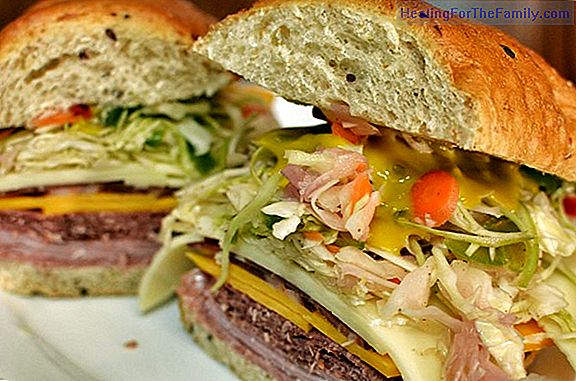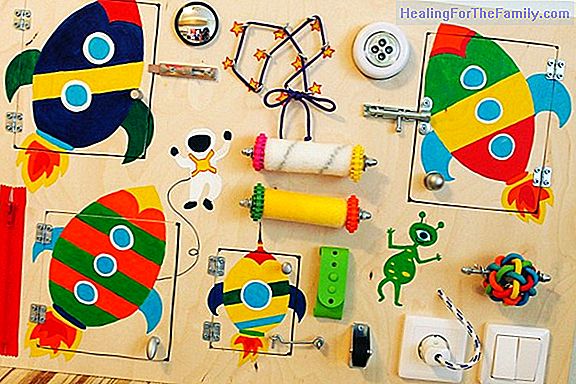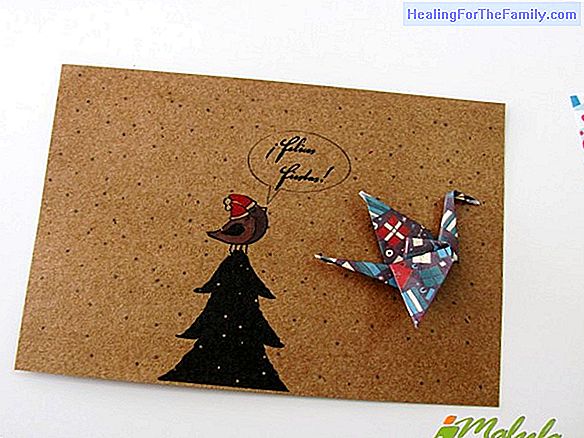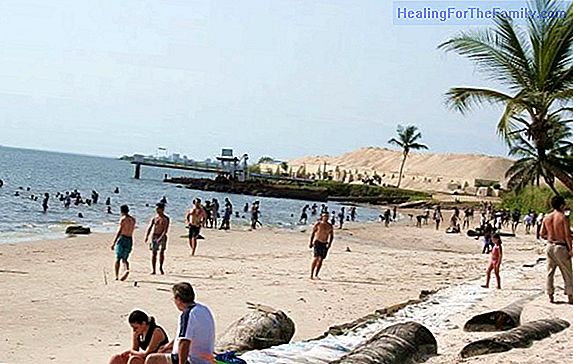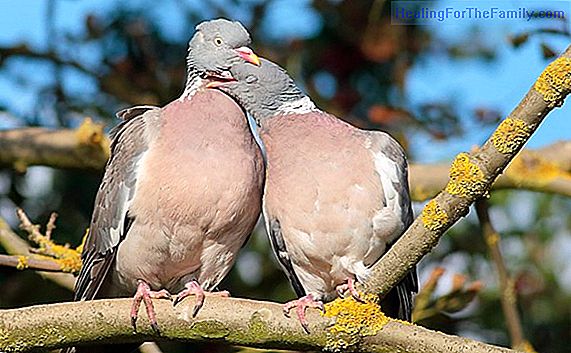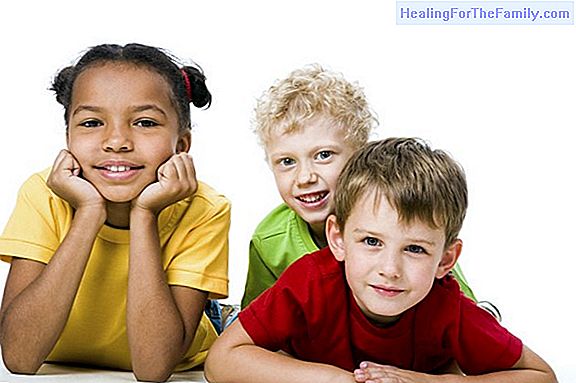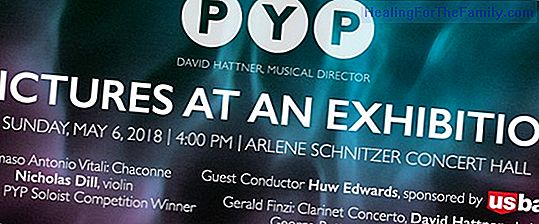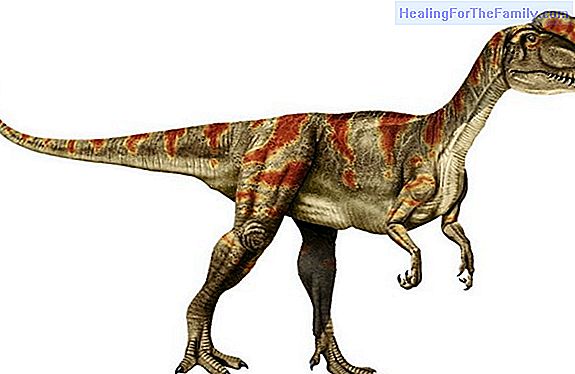How to teach children to use the metaphor
The metaphor is a rhetorical figure consisting of naming a real term with an imaginary one, between which there is a relation of similarity. We all use metaphors in our daily lives, even children, although we do not do it intentionally, both in oral and written language, therefore it is very present
The metaphor is a rhetorical figure consisting of naming a real term with an imaginary one, between which there is a relation of similarity.
We all use metaphors in our daily lives, even children, although we do not do it intentionally, both in oral and written language, therefore it is very present in our day to day.
Relationship between metaphor and poetry
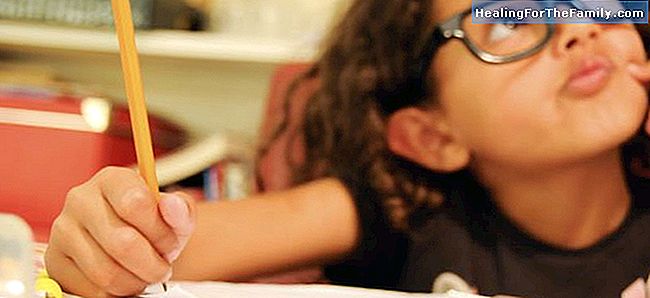
Metaphor has an important poetic power, because in many cases, it has the ability to embellish and enrich the usual meaning of words, but in a simple and expressive way. Since the imagination of children has no limits, the combination can be very fun and enriching.
If we say of someone: 'his smile is a sun' it is clear that we want to say that his smile is beautiful, very beautiful, but in a poetically adorned way and we are using a metaphor. Have you thought how easy and fun it can be for children to play with metaphors?
Children also use metaphors
Although they do not know it, like adults, they use it with their half language every minute, we do not need to explain what it is, they apply it continuously trying to tell us this or that in their own way :
- 'When it rains the bunnies are put under the mushrooms and so they do not get wet', say the children because of the resemblance of the umbrella to the mushroom cap.
- 'The bears entered by the mouth of the mountain', referring without doubt to the caves.
- 'Heaven is crying', when it's raining.
- 'He has the golden hair', if he has blond hair
- 'Run like a hare', to say that he runs very fast.
So we could be putting examples continuously.
Exercises with metaphors for children
Having said all this, it occurs to me that what we can do, always taking into account their ages, is to name the similarities that they so often use in their language, putting activities of the following type:
1. What do we mean if we talk about the little sheeps in the sky?
a) To the clouds
b) To the houses
c) To the books
2. What do we mean if we talk about the veins that travel the earth?
a) To the moon
b) To the chairs
c) To the rivers
3. What do we mean if we talk about the colored highways that cross the sky?
a) To the leaves
b) To the trees
c) To the rainbow
4. What do we mean by the fireflies in the sky?
a) To the shoes
b) To the stars
c) To the mountains
Once you have learned this, you could do activities with children's poetry and let the children play to discover where the metaphor is.
He does not want to play the sun
the cloud cries distressed,
and on earth he is grateful
the flowers are enthusiastic.
Immediately they will associate ideas and they will know how to tell us, that if the cloud cries, it is raining. Then it will be time to tell you what that play on words, is the metaphor.
I encourage you to do this kind of activities with your children, everyone will have a good time and the children will learn by playing.



